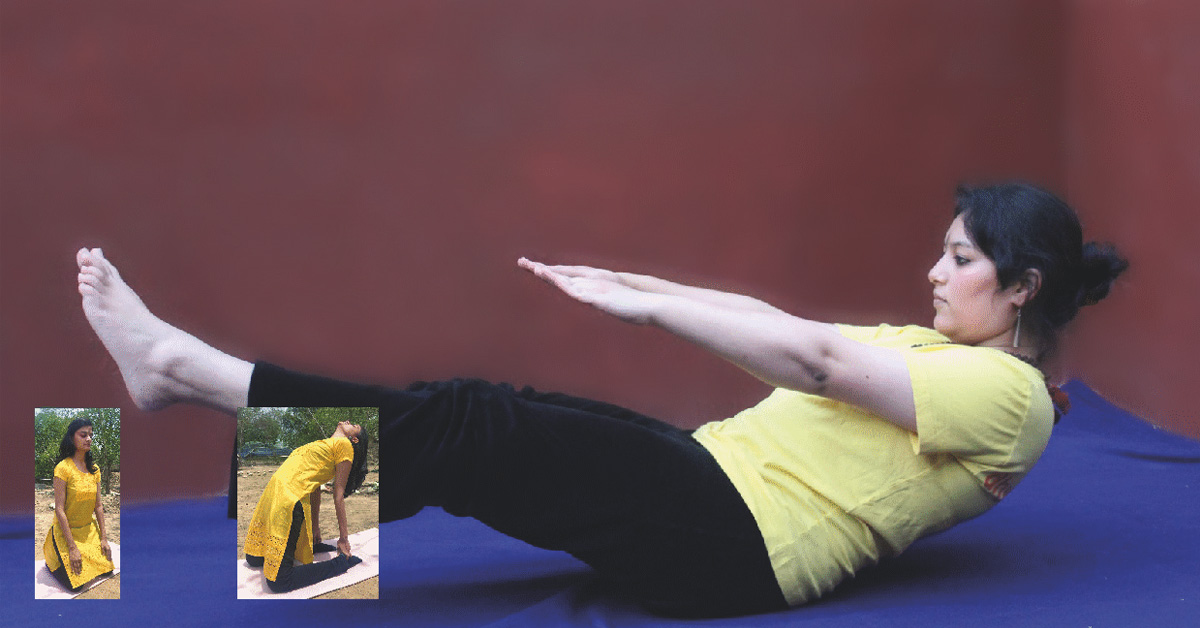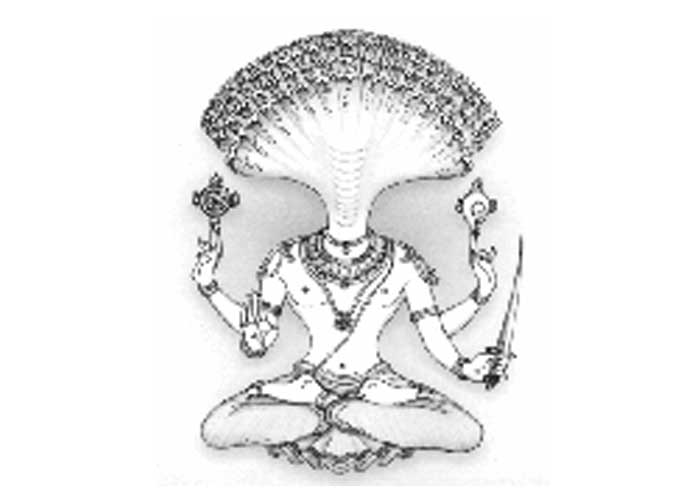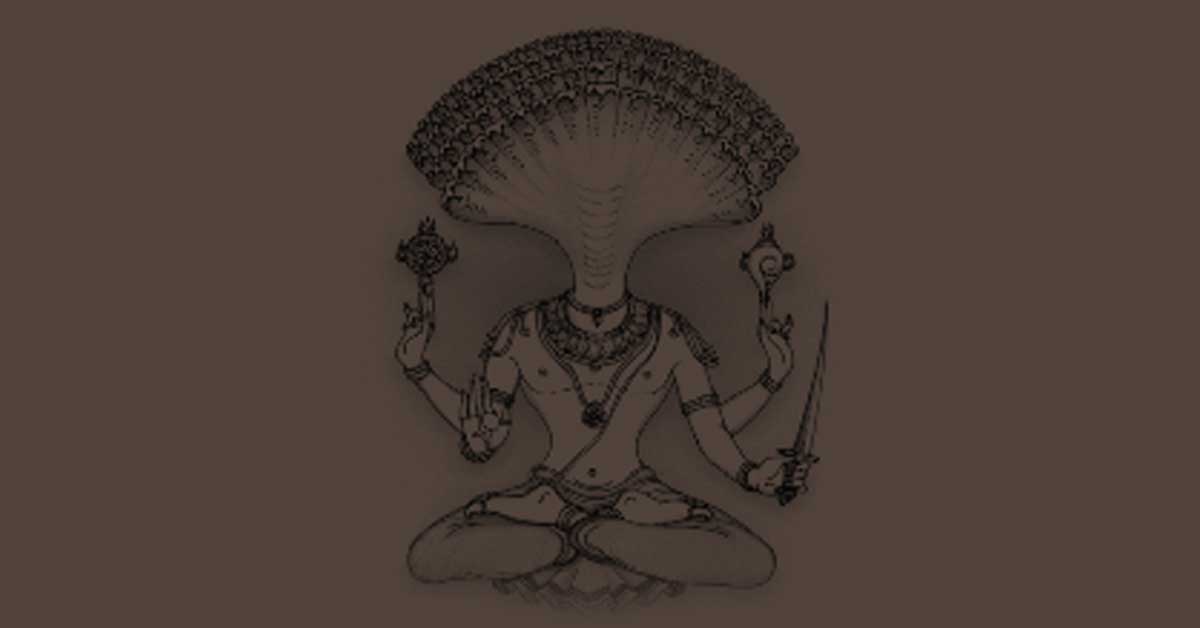Kidneys are two bean shaped organs in the body, one to the left and the other to the right in the pelvic region, and their function is filtration of the fluids of the body. The residue after filtration is then expelled from the body as urine. Kidneys assume greater significance in our lives, given that our body is 60-70% water. And this water needs to be regulated constantly.
KIDNEY STONES
The kidneys are so fine an organ that they remove all the solids from the water. Certain solids which are heavy and cannot be expelled completely, get calcified. This leads to kidney stones. When the kidney stones grow in size, they block the top of the kidney or are pushed into the urethra thereby blocking it.
SYMPTOMS
Early symptoms are pain. And this pain need not be limited to the lower back area, it may even be experienced in the lower chest area. This is because when the kidneys gasp for prana, they can put pressure on any nerve in the body. Another symptom is weight gain. When kidneys are not functioning normally, the body starts to store water and that water adds on to your weight. This at times results in swelling on the face, hands or legs. This swelling is a direct consequence of water retention in the body.
How does one maintain the health of the kidneys? How does one ensure the balance of fluids in the body? Now how do you rid yourself of this water retention?
AYURVEDIC REMEDY
Ayurveda says that the problem is faulty expulsion. To expel something from the body, a pungent input is required. A pungent substance is suited for people of vata and kapha prakriti, but if you have a pitta constituency, it may create problems. Therefore it is important to not go for off-the-shelf remedies and get yourself evaluated for your constitution. You may consult an ayurvedic doctor or look up the Dhyan Foundation website where a chart is given with symptoms.
An easy ayurvedic remedy for stimulating expulsion is garlic. Take two cloves of garlic, crush them and have them with hot water on an empty stomach in the morning on a regular basis. People with pitta prakriti should however avoid garlic and try to solve the problem through yoga.
ASANAS
Our physical body is only one-fifth of us, there are four more layers to us. And it is these layers that control what happens in the physical body composed of elements. The science of yog and Sanatan Kriya taps into the power of a being in totality, touching upon all the layers.
For the purpose of this article, we will discuss the layer next to the physical body, the Pranmaya kosha, which is often called as the aura. This layer consists of millions of chakras and nadis which regulate and channelise the flow of prana in the body and in turn are responsible for proper functioning of various organs of the body. In the realm of energy or prana, kidneys are controlled by the Swadishthan and Mool chakra. Detailed below are certain asanas which work to rectify imbalances in the two chakras and are helpful in eliminating kidney stones. It is recommended that you visit your nearest Dhyan Foundation center to learn the correct way to practice these asans.
- Ustrasana
Get down on your knees keeping the spine and neck straight. Start leaning backwards, gently arching your spine until your palms touch your heels. Hold for some time. Exhale as you return to the kneeling position. Repeat this seven times.
While doing this you have to be careful that your breath count does not go up because Ustrasana increases the praan vaayu in the body and can have an effect on the heart also.
- Situps in Vajrasan
While being on your knees, spread out to increase the distance between the knees slightly. Next, gently lower your buttocks until they rest over your heels while keeping your spine straight. Inhale as your rise back up. You don’t come up completely but hold till your thighs are at an angle or around 60 degrees. Breathe normally and maintain this position for as long as you can comfortably.
The asan must not be performed by people with knee problems as it requires the knees to take the entire weight of the body. Also, people with heart conditions should avoid this asan as it pushes the praan vayu upwards and may disturb the samaan vayu in case of a weakness, leading to breathlessness.
Repeat this 7 times. Inhale while coming up and exhale while going down.
- Naukasana
Lie down in Shavasana and relax. Inhale while simultaneously raising your legs and your head above the ground. Bring the arms out straight in line with the shoulders, with your fingers pointing forward. Exhale as you slowly get back to the initial position. Repeat the posture with your hands pointing backwards now to complete a cycle. Repeat this cycle 7 times. Make sure your breath rate and pulse do not shoot up.
In both the postures, your body is in the shape of a boat.
The above three asans have to be done in conjunction with each other. It is imperative that along with asans and ayurvedic remedies, balancing kriyas like Sanatan Kriya and a balanced lifestyle is adopted to reduce hyperactivity. Hyper emotions and excessive physical workouts increase the metabolic rate of the cell and dry up the fluidity of the body, as a result the body ages and deteriorates very fast.




